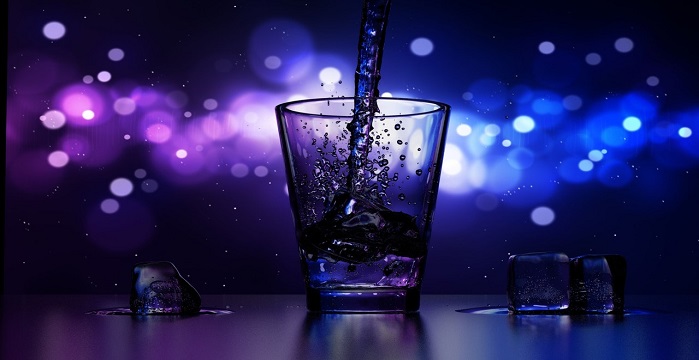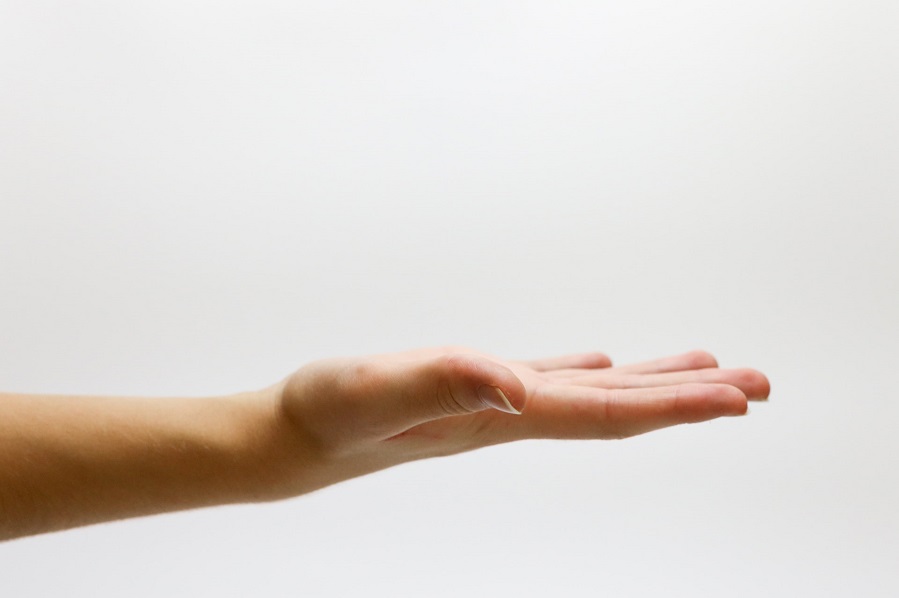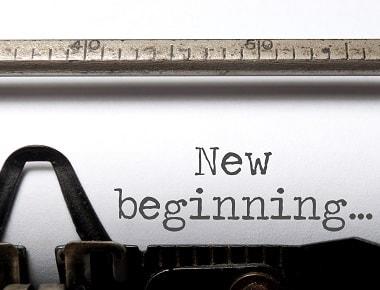Mixing Cocaine and Alcohol
It’s no question that anyone caught in the trap of dependency on even one substance faces numerous significant health risks, mental stress, and social problems. For many addicted individuals, there’s more than one demon to battle. Multiple addictions can start simply, by taking a few of a loved one’s prescription painkillers with alcohol to overcome a tolerance built up by years of drinking. It can also start in a social setting where there’s peer pressure to “party.”
Whether you’re simply having a drink soon after using cocaine or decide to intentionally drink and do coke simultaneously to increase your high at a party, you’re likely underestimating the potential harm to your brain and body. It’s more than just a combined list of cocaine and alcohol’s separate effects; an entirely new set of risks are created, spurred on by a new chemical you may never have realized was forming in your own body.
What Is Cocaethylene?
Cocaethylene—or benzoylecgonine ethyl ester, to chemists—is an intensely addictive and powerful chemical byproduct created when the liver metabolizes alcohol and cocaine simultaneously. Normally, cocaine is broken down into smaller, inactive chemicals using water in a process called hydrolysis. When ethanol is present from drinking, however, some of the cocaine is broken down by ethanol instead, resulting in active cocaethylene.
To put all that science simply: Instead of producing harmless waste products, drinking makes your liver turn cocaine into an entirely new drug with an active impact. Cocaethylene also lasts much longer in the body than cocaine or alcohol, and those who regularly mix the two often do so to “stretch” the effects and party for as long as possible.
Side Effects of Mixed Use

In the moment, mixing cocaine and alcohol can seem harmless and feel great—you’re able to drink more and party longer because the cocaine combats the fog of being drunk and makes you feel “sharp” and alert. Depending on various factors (alcohol amount and strength, dosage of cocaine, personal tolerance levels, etc.) there may be a mix of stimulant and depressant effects, such as euphoria, heightened senses, pain relief, increased energy, reduced appetite, etc.
The primary effect of the cocaethylene produced is simply to enhance the effects of cocaine. Even as it builds up in the body, any effects may be too subtle to notice. Once this silent assassin reaches toxic levels, there is a real possibility that you could die suddenly and without warning.
Mixing Alcohol and Cocaine Can Put You in Serious Danger
On their own, cocaine and alcohol addictions can have dire consequences. Together, the mixture can put your body, your mind, and your relationships with others in greater danger than you might expect. On top of the bodily harm and physical stress caused by ingesting and metabolizing these toxins, regularly drinking and doing cocaine together can quickly put you—and everything in your life—into a devastating downward spiral.
One especially worrying physical risk is that of cocaethylene toxicity, a condition in which the amount of cocaethylene in the body is high enough to trigger seizures, cause permanent liver damage, and significantly compromise the immune system. As if these dangers weren’t enough on their own, the risk of dying immediately from cocaethylene toxicity is 18 to 25 times greater than that of cocaine alone.
With long-term use, the buildup of cocaethylene in the liver may also increase the risk of heart attack or other cardiovascular problems as early as in one’s 30s or 40s.
Even if you’re not swayed by the physical risks of combining cocaine and alcohol and are still willing to take your chances, it may not be as easy to ignore the mental, emotional, and social dangers. The intensity of this combination of substances can also have a greater impact on your everyday life, destroying your career, filling you with anxiety, and threatening your relationships with loved ones.
Individuals may feel these effects in different ways, of course, but the bottom line is the same: As you continue mixing cocaine and alcohol to seek a higher high, your growing dependence on cocaethylene can also lead to lower lows—and it might well be a one-way ticket.
How Can I Tell if I Have a Problem?
Mixing drugs and alcohol has become such a common occurrence in the club and party scene that it can be hard to know whether what you are doing is an addiction or just an occasional calculated risk. If you’re mixing cocaine and alcohol regularly, have begun craving it, or have started to feel that you need cocaine, alcohol, or both to feel normal, you might have a genuine dependency. If you’re still not sure, talk with a trusted counselor or rehab specialist.
If you suspect you have a problem, seek help as soon as possible. For many, the most effective way to achieve lasting sobriety is through a cocaine addiction rehabilitation program.
Struggling with a Drug or Alcohol Addiction? Get Help at Yellowstone Recovery

If you or loved ones are addicted to cocaine or alcohol, especially if both substances are regularly being consumed together, it’s time to seek real, effective help from trusted professionals. With the right tools and support from an individually tailored rehab program, you can end the painful cycle of use and withdrawal before you succumb to permanent harm—or even death.
At Yellowstone Recovery in Southern California, our experienced recovery specialists are highly skilled in the treatment of drug and alcohol addiction. In our expertly designed inpatient, outpatient, and intensive outpatient programs, we help individuals from all walks of life break free from their dependencies, explore the roots of their addictions, process difficult issues, and learn the life skills and coping strategies they need to love themselves and maintain long-term sobriety.
In addition to providing a safe, substance-free environment in which to detox and recover, we strive to maintain an atmosphere of comfort and relaxation throughout our facilities. Everything we do is driven by a strong sense of compassion and respect, and our clients’ best interests are always our number-one priority.
Cocaine and alcohol don’t have to be in charge anymore. If you’re ready to take back the reins and change your life for the better, Yellowstone Recovery is ready to guide you there! Call us today at (888) 418-4188 to get started.
- Treatment Options
- Program Curriculum
- Program Services








